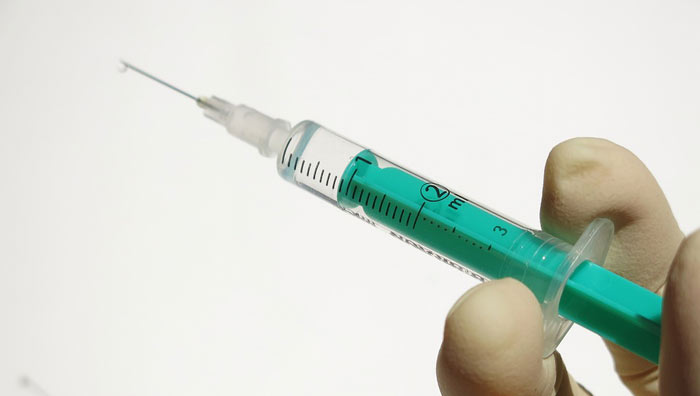Making the decision to undergo any type of cosmetic procedure is one that is exceptionally personal. You will need to make the decision as to whether the procedure will help you to achieve your aesthetic goals, and whether any potential risks or complications are acceptable.

Once you’ve made the decision to get dermal fillers, you may be wondering just what kind of potential risks or complications you may be facing. Just how safe are dermal fillers?
What exactly are dermal fillers?
According to dermal fillers specialists, epiclinic, the term dermal fillers is a broad term that is most often used to describe injections of gels that can fill in wrinkles or restore volume to soft tissue areas such as the lips and cheeks. While they can be made of a number of things, most dermal fillers are made of hyaluronic acid. This is a naturally-occurring substance that binds moisture to the tissues in the targeted areas, to encourage a fuller and plumper look.
Just how do dermal fillers work?
As we age, fine lines and wrinkles will start to appear on our face. They may be accelerated by our lifestyle and habits, including the amount of time that we spend in the sun. We may also start to show a decrease in plump volume in our cheeks and lips, which can lead to looking much older than our age and than we truly feel.
Dermal fillers can be injected directly into the fine lines and wrinkles, to minimize the way that they look. They can also be injected into the lips or cheeks, to give you those movie star lips and a plump youthful look.
Where can dermal fillers be used?
Fillers can be used on almost all areas of the face where wrinkles have started to appear, or where you are looking for a boost in volume.
Here are some of the areas where dermal fillers are most often used.
- Wrinkles around the eyes
- Cheek volume boosting
- Wrinkles around the mouth
- Boosting volume around the jawline
- Boosting volume to the lips
Are there any differences between dermal fillers and other anti-wrinkle treatments?
There are a number of treatments that can address fine lines and wrinkles, including dermal fillers and other anti-wrinkle injections. While they are each effective in their own ways, there are some key differences between them and the way that they work.
Dermal fillers do what they say they do, they provide a filling effect wherever they are used. Anti-wrinkle treatments, however, work by isolating and freezing the muscles that are responsible for dynamic wrinkles. This is done with the idea that by paralyzing the muscles, no new wrinkles can be formed.
Some patients find that a combination of both types of treatments can help them to get the best in results.
Just how safe are dermal fillers?

Dermal fillers are considered to be exceptionally safe when they are performed by those who have been trained and licensed to offer the treatment. That said, there is the potential for some very minor side-effects. They should clear up very quickly, within a day or two of the procedure.
It’s important to always mention any concerns and serious side-effects to your practitioner so that they can be addressed.
Some of the potential side-effects that you could see may include the following.
- Redness around the injection site
- Swelling around the injection site
- Some minor bruising
- Itchiness and some tenderness
How long does it take for fillers to work?
Results will be seen almost immediately after the treatment. It may take a week for the swelling to go down, and it’ll be at this point that your results will be most noticeable.
You may want a touch-up if you aren’t entirely satisfied with the results. And of course if you want to maintain your results you’ll need to get a refill done after a few months when the results start to fade a bit. You’ll be able to discuss a maintenance schedule with your provider so that you are assured of only the best in results.
How long should the results of dermal fillers last?
There are a number of contributing factors that will determine how long your dermal fillers will last. These could include the type of filler being use, your skin type and the area that the fillers are being done. With all things taken into consideration, your dermal filler treatment can last between 6 and 18 months.
Are dermal fillers right for you?
They aren’t for every person, it’s true. Give some thought to what your cosmetic goals are, and meet with a practitioner who can give you good advice based upon factors unique to you and your goals. It’s a very personal decision and one that only you can make.










